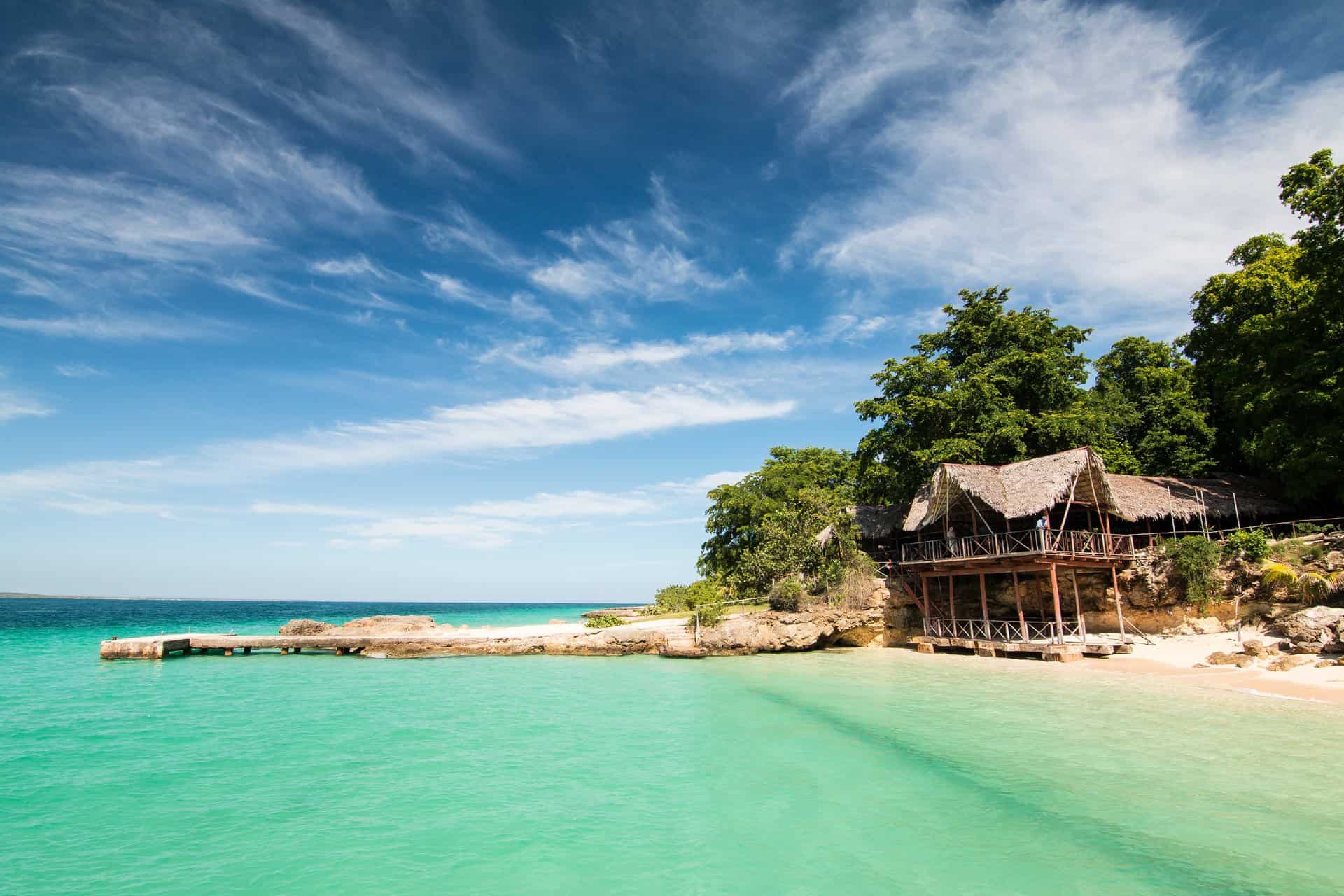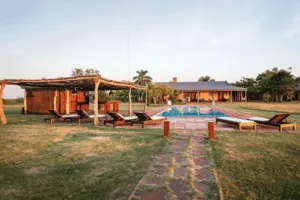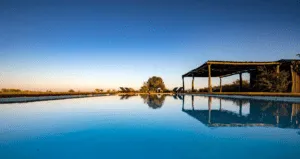
Pira Lodge is a Dorado fishing lodge nestled amid Northern Argentina’s vast Ibera Marshland.
Offering guests rustic elegance, breathtaking scenery, and unparalleled access to world-class Dorado fishing, Pira Lodge is a one-of-a-kind estancia.
A blue and green jewel, the marshland’s intricate system of crystal clear creeks, rivers, and lagoons mesmerise both anglers and nature lovers.
What we love about Pira Lodge
- Sleeps up to 12 guests in seven deluxe rooms, each with a private entrance and bathroom
- Designed by award-winning architects, the beautiful estancia has covered walkways, open-air patios and spacious living areas
- The chefs celebrate Argentine flavours and heritage through seasonal dishes paired with exquisite wines from Bodega Catena Zapata
- The Iberá Marshlands are home to more than 350 species of birds, 85 mammals, 70 reptiles and an abundance of biomass flora
- With expert guides, a strategic fishing location and industry-leading equipment, they offer some of the best and most diverse fishing experiences in South America
- Hell’s Bay flats skiffs bring anglers quickly and safely to the most remote areas of the the fishery
- The only freshwater Dorado destination that functions like a fishery with boiling points and wading opportunities
- It’s not all about fishing — you can horse ride, swim, snorkel, birdwatch and take guided nature walks
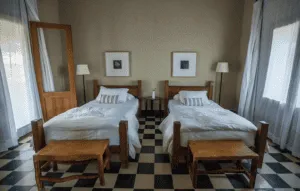
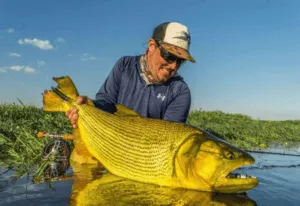
Every day at Pira Lodge offers a new world-class fishing experience.
From sight-fishing the labyrinth of the marsh’s headwaters to casting streamers in the lower reaches of the Corrientes River, there is something to please every angler.
Off the water, Pira Lodge is equally thrilling and impressive. Explore the wild wetlands on horseback or foot, taking in a patchwork of exotic birds and encountering a diverse array of wildlife, from capybaras and caimans to marsh deer and howler monkeys.
The lodge is your tranquil oasis to rest and recharge. Dip in the pool, enjoy a soothing massage or simply put your feet up on the veranda and take in the serene beauty of the surrounding marshlands.
When the day draws to an end, gather around the swimming pool for sundowners before indulging in a traditional asado (Argentine Barbecue).
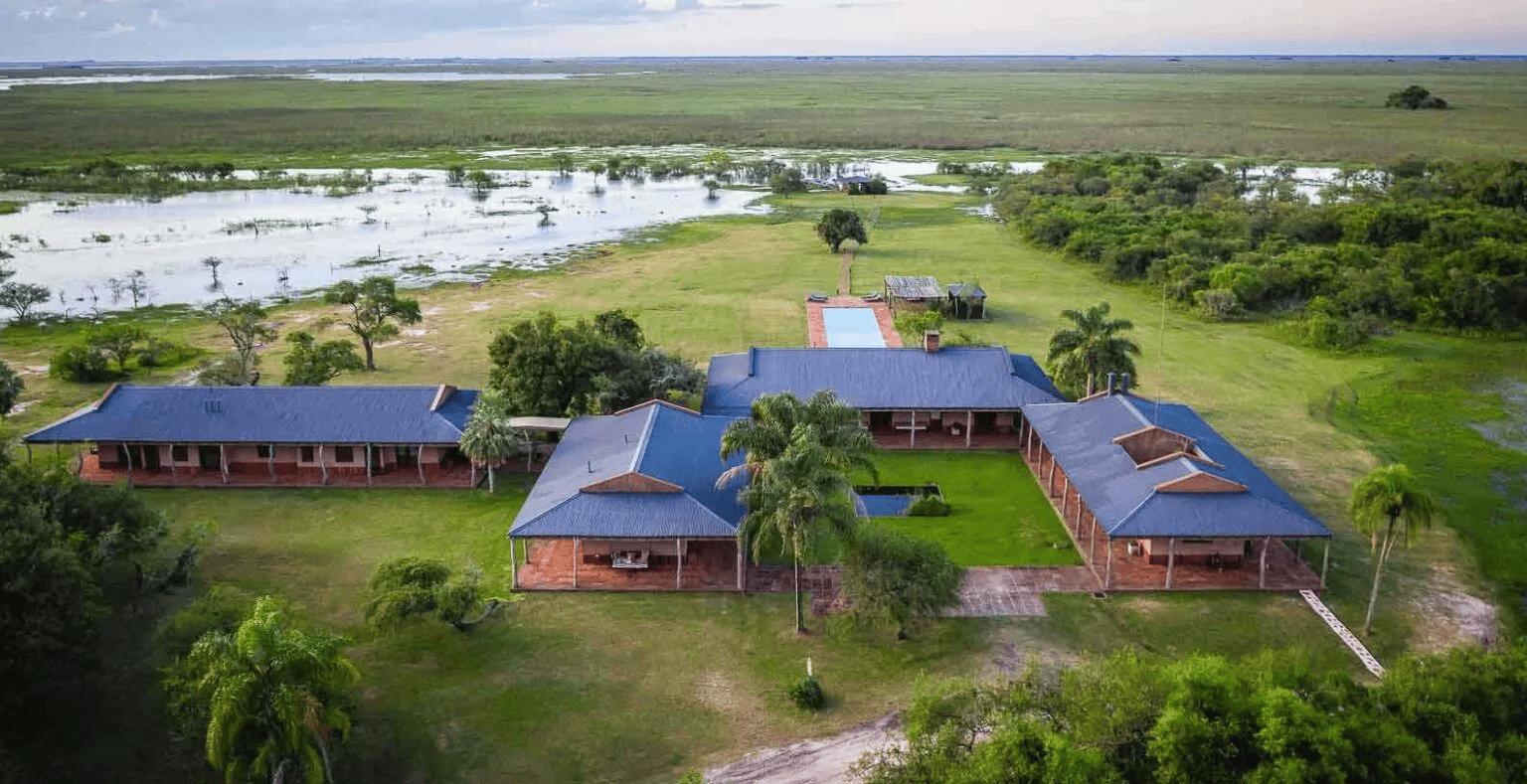
Pirá Lodge sits on the banks of the Parana River in the middle of the Iberá Marshland Nature Reserve in the Corrientes Province of Northeast Argentina.
There are daily flights from Buenos Aires to both Corrientes (CNQ) and Resistencia (RES). Flight time is approximately 1 hour. Upon arrival, transfer by land to the lodge (4 hours from CNQ and 5 hours from RES).
Alternatively, Pirá Lodge has a 5,000-foot grass landing strip. A private charter from Buenos Aires takes about 2 hours. If the grass landing strip is unavailable (due to weather), there’s an asphalt landing strip in Mercedes, located just over an hour away from Pirá by car.
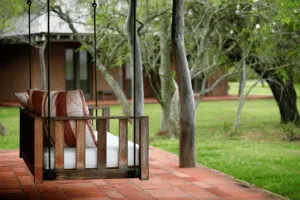
When
to Travel
Spring (September into late December) is when everything in the wetlands is flourishing; the Dorado wakes up, hundreds of migratory birds hatch and the flowers begin to bloom. This time of year also corresponds with the beginning of the rainy season.
Summer (December to February) is a great time for fishing, wildlife spotting, and exploring the wetlands. However, keep in mind that it can be hot and humid.
In Autumn (March to May), temperatures start to cool down, but the wetlands remain lush, wildlife sightings continue and fishing is still very good. It’s a quieter time with fewer tourists compared to summer.
Winter (June to August) is a great time of year to visit if you prefer cooler weather and fewer crowds. Fishing can still be rewarding and wildlife is still present, though some species may be less active.
INQUIRE NOW
LONDON OFFICE
+44 (0)20 7993 6930US OFFICE
+1 646 688 2317Let’s Start Planning
"*" indicates required fields
